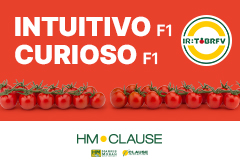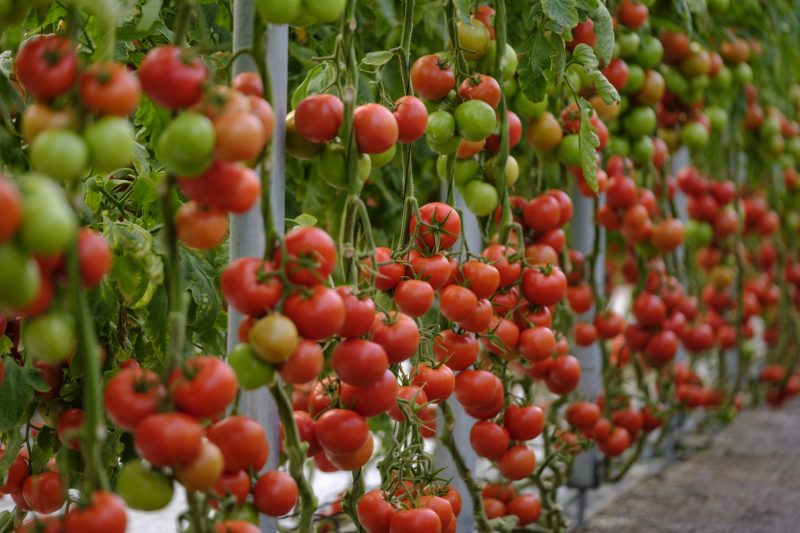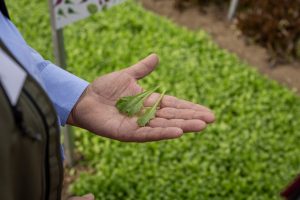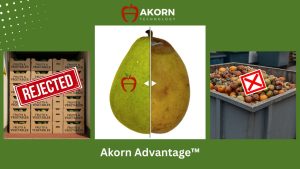Although no variety currently offers near-immunity against the Tomato Brown Rugose Fruit Virus (ToBRFV), Syngenta continues to work toward that goal through new breeding developments. ‘We must use all available barriers,’ says Rafael Salinas, Tomato Lead at Syngenta for Spain and Portugal.
The breeding department is working with materials that stack different resistance genes to create multiple layers of protection against the virus, and also recommends certified seeds and good crop hygiene and prevention practices.
Two pre-commercial commodities
As a result of this effort, the company has developed two new pre-commercial commodity-type materials. The first is a vine tomato, TIPC24-1112. The fruits are large M-size and stand out for their appearance and truss morphology: very symmetrical and attractive, with a ‘fishbone’ shape and thick green parts. The fruits also have an appealing bright red colour, excellent firmness and shelf life.
‘It’s a highly productive variety, with plenty of fruit, and it can also be marketed loose as round tomato. Its ripening is homogeneous and matches market demands perfectly.’
It’s suitable for conventional and organic farming in Almería and Murcia, thanks to its resistance package: Fulvia, intermediate resistance (IR) to leaf mold, IR to ToBRFV and Stemphylium. It can be transplanted from mid-August onwards, depending on the region.
With medium vigour, the plant is healthy and dark. ‘Last year, we trialled the variety very early, in early August, and it performed very well.’ For long cycles, grafting with Kronosor (also with IR to ToBRFV) is recommended. This rootstock ‘provides extra vigour, better fruit set, and helps the plant handle stress, boosting both yield and protection against pathogens. Plus, it’s a very generative rootstock.’
Currently in large-scale pre-commercial trials, TIPC24-1112 is expected to move to commercial phase in 2026.
RELATED NEWS: Syngenta’s Microsegmentation Strategy Gains Ground in Murcia
The second introduction is TIPD24-2400, a classic Canary-type tomato grown in Murcia. Suitable for mesh-covered cultivation planted from April to July, it is very similar to Alejandría, a variety with which Syngenta achieved a large market share in that period.
Easy to grow and highly versatile, TIPD24-2400 sets well under heat and also features IR to ToBRFV. The fruits, size G, have good shelf life and ripening behaviour; they are uniform, very early and offer high yields.
Adapted to extreme fruit-setting conditions in heat, the variety shows strong crack resistance. ‘Even as days shorten and temperatures drop, it still performs well.’
Here, Syngenta recommends rootstocks Kronosor and Fervour, both with IR to ToBRFV and enhanced vigour for coping with high evapotranspiration stress. Moreover, even in cases of Fusarium presence, Fervour holds up well. Syngenta’s rootstock line is completed with Armour and Honour.
TIPD24-2400 is currently in a pre-commercial phase and is expected to be launched in April 2026.
Legislador: heart-shaped plum
Syngenta recently launched Legislador (TIPL21-S008), a heart-shaped plum tomato that meets the growing demand for this type with IR to ToBRFV.
Although recently introduced, it is already performing well in the market, gaining traction due to its yield and consistent shape and size throughout the cycle, while maintaining its signature heart shape.




















